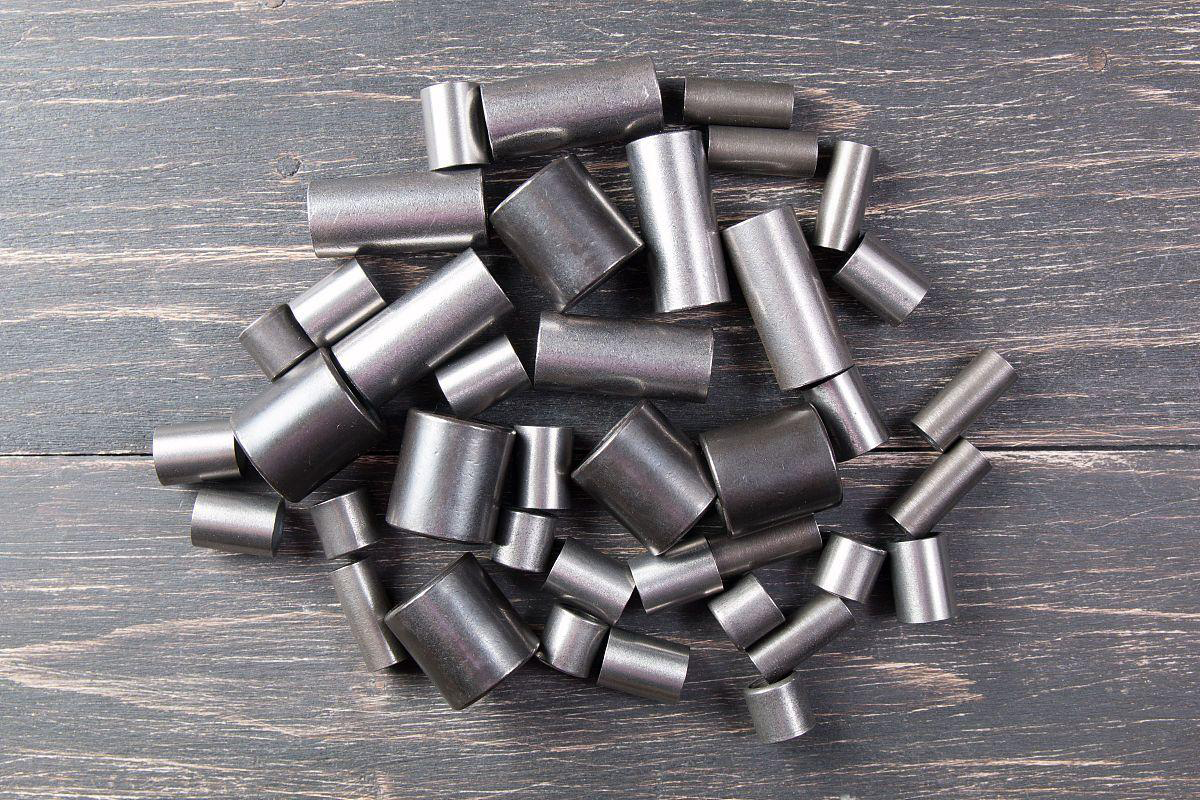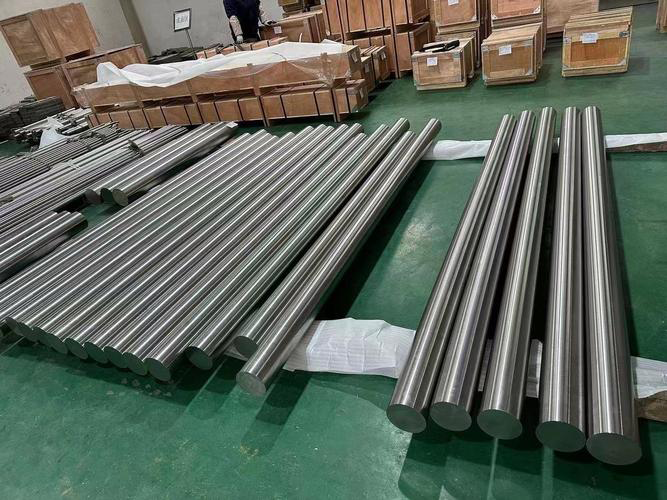Stress Corrosion Cracking in Stainless can lead to sudden, unexpected failures. Stainless steel pipework e acessórios are used in a wide range of applications, so their reliability is critical. A thorough understanding of stress corrosion cracking and reducing the likelihood of its occurrence ensures the proper operation of piping systems.
What is Stress Corrosion Cracking in Stainless? A Silent Threat!
Stress corrosion cracking of stainless steel is a serious form of corrosion. It occurs when tensile stress, a specific ambiente corrosivo and a susceptible material combine. Cracks are created and expand and spread through the metal. When SCC occurs, severe corrosion does not usually occur.
Key Factors Causing Stress Corrosion Cracking in Stainless
One is the applied stress generated during operation. Secondly, residual stresses generated during manufacturing. Soldagem produces large residual stresses. High internal pressure in the pipeline can also be a contributing factor.
Corrosive environments can also lead to SCC, including chlorides, high temperatures, caustics, etc.
Austenitic stainless steels (por exemplo 304, 316) are more susceptible. Ferritic or aços inoxidáveis duplex are more resistant.
Elevated temperatures significantly accelerate the occurrence of SCC. The risk usually increases at temperatures above 60 °C (140 °F). Hot chloride solutions are particularly dangerous.
Cracks may develop and grow slowly. But they can expand suddenly and without warning. The longer the exposure time, the greater the risk.
SCC-Prone Environments for Stainless Steel
| Environment Type | Common Examples | Susceptible Stainless Grades |
|---|---|---|
| Chloride Solutions | Seawater, cooling towers, brines | Austenítico (304, 316) |
| Caustic Solutions | High pH environments, strong alkalis | Austenitic (304, 316) |
| High-Temp Water | Boilers, hot water heaters | Austenitic (304, 316) |
| Sour Gas (H2S) | Oil & gas production | All SS grades (less common for duplex) |
| Acidic Condensates | Flue gas desulfurization (FGD) | Austenitic, some duplex |
O que fazemos
Prevention Strategies for Stress Corrosion Cracking in Stainless
| Estratégia | Ação | Benefício para tubos e conexões |
|---|---|---|
| Seleção de materiais | Use resistant grades (Duplex, Super Duplex) | Higher SCC resistance |
| Stress Reduction | Post-weld treatment , tratamento térmico, shot peening | Lowers residual stresses |
| Environment Control | Reduce chlorides, lower temperature, add inhibitors | Limits corrosive potential |
| Design Optimization | Avoid crevices, sharp corners | Prevents stress concentration |
| Acabamento da superfície | Superfícies lisas e polidas | Reduces crack initiation sites |
| Proper Welding | Control heat input, use low-carbon fillers | Minimizes sensitization, stress |
Impact of SCC on Stainless Steel Pipe and Fittings
SCC usually results in a sudden brittle fracture that occurs without warning. This can lead to complete system failure.
Leaking hazardous fluids are extremely dangerous, causing injury to personnel and damage to the environment.
Failures can lead to immediate downtime and significant production losses. Repairs are costly.
SCC cracks are often subtle and difficult to detect with the naked eye, often requiring non-destructive testing.
An entire section of pipe may need to be replaced. This is due to localised damage that cannot be repaired.
Choosing the Right Stainless Steel for SCC Resistance
- Duplex Stainless Steels (por exemplo 2205, 2507): have excellent SCC resistance. Their hybrid ferrite-austenite microstructure contributes to this, making them ideal for use in chloride-rich environments.
- High Nickel Alloys (por exemplo Alloy 800, Hastelloy grades): These alloys have excellent SCC resistance. They are suitable for extremely ambientes corrosivos and can withstand high temperatures and high concentrations of corrosives.
- Low Carbon Alloys (e.g. 304L, 316L): Although not immune, their low carbon content helps. It reduces sensitisation to improve resistance to corrosão intergranular.
- Proper Manufacturing: Even resistant grades require proper processing. Avoid excessive cold working. Control welding parameters.
Sourcing Reliable Components
Escolha um fabricante que tem ampla experiência com aço inoxidável e que entende suas propriedades exclusivas. Isso garante ótimos resultados de moldagem.
Procure recursos de ferramental de última geração, pois o ferramental de precisão é essencial e pode afetar a qualidade e a consistência das peças.
Garantir o rigor qualidade verificações estão em vigor, incluindo verificações dimensionais, etc. Verificação da integridade do material e relatórios de testes de materiais também são fundamentais.
Trabalhar com fabricantes de renome que oferecem produtos confiáveis de aço inoxidável e têm certificações(por exemplo ISO 9001 e CE-PED).
Confirme se o fabricante pode atender aos seus requisitos de volume de produção. Ele deve lidar tanto com a prototipagem quanto com a produção em volume.
Contate-nos
- RM901 No.22 Tangjiaqiao Road Wenzhou China
- +86 577 8551 1171
- [email protected]
- https://www.kaysuns.com/



